Tư vấn chuyên môn bài viết:
BÁC SĨ DƯƠNG THỊ THÙY NGA
When the color of your teeth changes, this is referred to as tooth discoloration. They aren’t as brilliant or white as they should be. Your teeth may darken, change color from white to another hue, or grow white or black patches in areas.
Why do you get tooth discoloration?
Almost everyone loves to have a bright, healthy smile. Your teeth may darken due to a variety of factors. Some circumstances are beyond our control, such as age or childhood accidents that may alter the production of our tooth enamel. As a result, it’s important to discuss any plans for teeth whitening with your dentist.
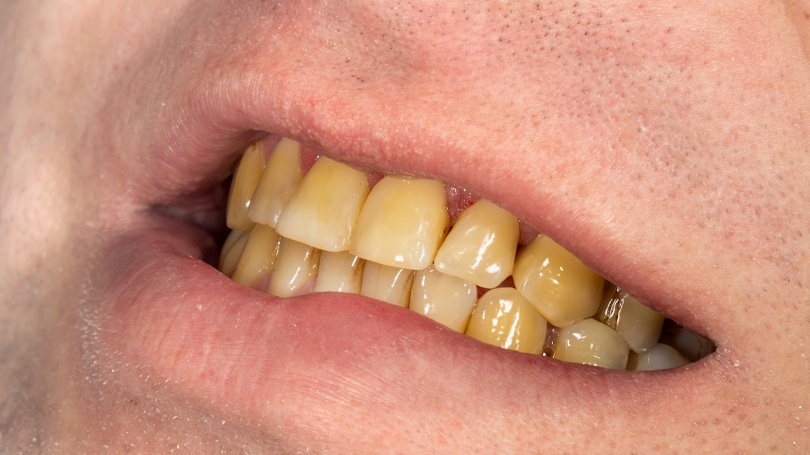
Your dentist can determine if the stains on your teeth are the result of a lifestyle factor, such as frequent coffee intake, or whether there is a more serious oral health issue at work. Despite the fact that bleaching is usually done for cosmetic reasons, your dentist may be able to advise you on the best course of action for your specific stains. The good news is that dental stains may often be removed. That justifies working toward a radiant white grin.
Tooth discoloration can be caused by surface stains on the tooth’s surface, real changes in the tooth’s composition, or a combination of the two. According to orthodontists, there are three forms of tooth discoloration:
- Extrinsic Teeth Stains:
The most common type of tooth discoloration is extrinsic tooth darkening. It occurs as a result of exposing teeth to stains such as:
- Tar and other chemicals are found in cigarette smoke.
- Foods that stain, including chocolate, berries, and others
- Liquids that are dark in hue, including coffee, black tea, colorful sodas, red wine, and dark beer
Despite the fact that many meals that induce tooth discoloration are black in color, not all of them are. Apples and potatoes, even if they are light in color, can discolor teeth.
- Intrinsic Teeth Stains:
Numerous internal dental changes can cause intrinsic tooth discolouration. Chemical or physical changes to the tooth might be the cause of intrinsic tooth discolouration. Physically, as we age, our dental enamel deteriorates, exposing the dentin, the inner structure of the tooth. Individual variances in dentin color can cause teeth to be yellowish, brown, or gray in color.
Dental trauma can also cause tooth discolouration. When the pulp of a tooth dies, the tooth may turn dark or even black. Damage to the tooth before it emerges may also occur, resulting in insufficient enamel formation and a discolored region on the tooth. Tooth decay can also discolor your teeth.
Some drugs and chemicals, such as tetracycline or too much fluoride in childhood, can produce enamel defects that manifest as tooth discolouration.
Because intrinsic tooth discolouration does not react well to teeth whitening, the best option to treat it is with porcelain veneers or other treatments that cover the discolored tooth enamel.

- Age-Related Teeth Stains:
Age-related teeth stains combine the impacts of intrinsic and extrinsic tooth discoloration. Teeth darken with age because dentin, the core component of the tooth, naturally ages. The dentin becomes increasingly visible when the tooth’s enamel thins with age. The majority of people’s teeth will yellow with age owing to these natural causes of discoloration as well as extrinsic ones such as the impact of certain foods, beverages, and smoking.
Causes of tooth discoloration
Causes of tooth discoloration – Teeth stains caused by lifestyle choices:
- Some starchy foods, such as pasta or potatoes, as well as coffee, tea, colas, and wines, are examples of foods and beverages that may stain.
- Tobacco use: Smoking or chewing tobacco can discolor teeth.
Causes of tooth discoloration – Discoloration on teeth brought on by dental health:
- A lack of dental hygiene: Plaque and food stains can accumulate if you do not clean and floss your teeth on a regular basis. Stains might also occur if you skip routine dental cleanings.
- Disease: Conditions that hinder the proper growth of dentin, the porous “yellow” core underlying enamel, as well as dental enamel (the white outer coating of your teeth), can cause tooth discolouration. Chemotherapy and radiation to the head and neck are two medical procedures that can stain teeth. Some pregnancy diseases might interfere with your baby’s enamel growth and discolor its teeth.
- Medications: Certain medications have long been known to discolor the growing teeth of youngsters. Tetracycline and doxycycline, two medications, can affect how enamel builds in children under the age of eight. Mouthwashes and rinses containing cetylpyridinium chloride and chlorhexidine may also discolor teeth.
- Dental materials: Some amalgam fillings, particularly those containing silver sulfide, may give your teeth a grayish-black color.
- Aging: The outer layer of enamel on your teeth wears away with age, exposing the tooth’s yellow dentin. As you get older, the dentin in your teeth thickens, reducing the size of the pulp. The tooth darkens and loses part of its translucency.
- Genetics: Some families have thicker, whiter enamel than others.
- Environment: Too much fluoride, whether from environmental sources (high fluoride levels in water) or from excessive use, can cause fluorosis, which shows as white patches on teeth (fluoride treatments, rinses, toothpaste).
- Injury: Children’s oral injuries can occur as a result of sports. If they are under the age of eight, the damage may prevent them from developing enamel. Trauma can also discolor adult teeth if a sports injury or other impact lowers blood flow to the tooth or kills the nerve.
How common are discolored or stained teeth?
Although we don’t know how many of us suffer tooth discoloration, it’s apparent that we care about how white and healthy our teeth are. Teeth-whitening products and methods are becoming increasingly popular as a form of social status symbol these days. The majority of us (99%), according to the American Academy of Cosmetic Dentistry, think that our smile is our most valued social asset.
Whitening trays, strips, toothpastes, and mouthwashes are available in any drugstore’s dental care section. More than ever before, we are putting our words into action by increasing our annual spending on both over-the-counter and professional whitening products and procedures. If you’re ready to whiten your teeth, there are options for any budget, but it’s important to know which ones are safe and effective and which may cause more harm than good.
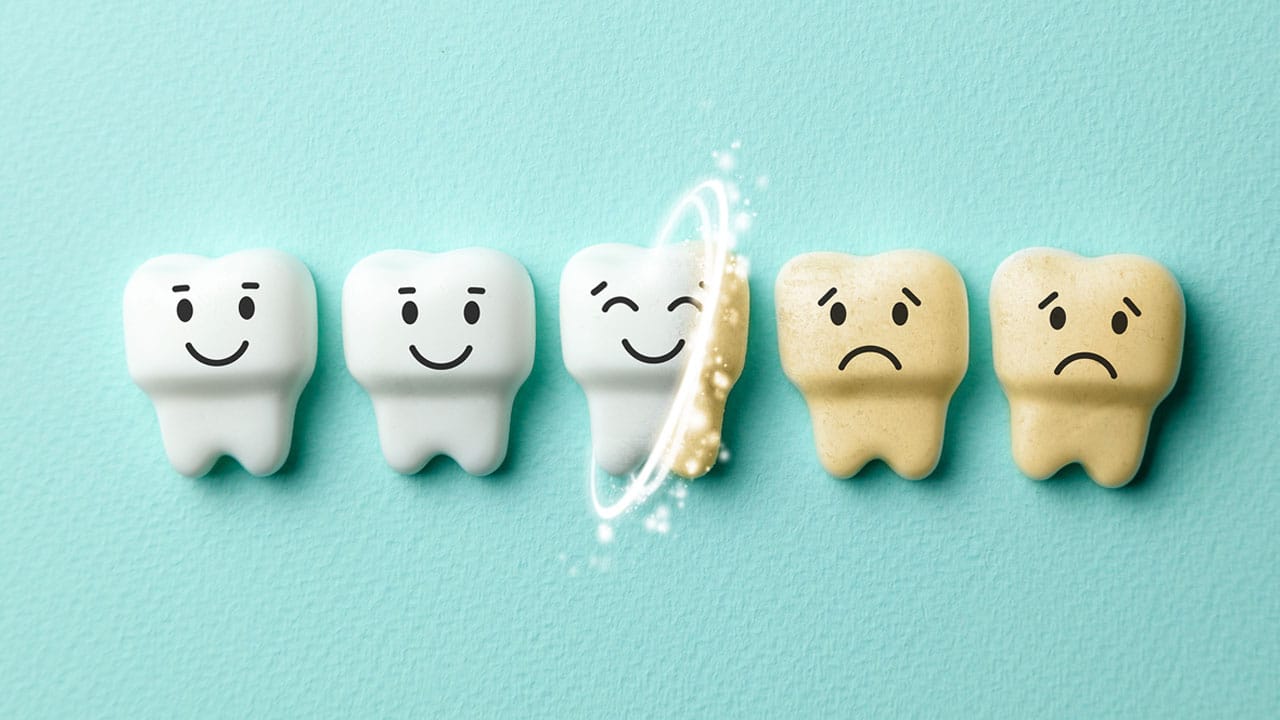
Can crowns or veneers, which are dental restorations, be made whiter?
It’s also important to understand that because dental restorations like bonding, veneers, crowns, bridges, dentures, or implants are frequently comprised of man-made materials like porcelain, they can’t be whitened. Only teeth with natural enamel can be whitened, and only if your dentist believes the underlying problem is treatable. Depending on the cause of the tooth discolouration, your dentist may recommend one or more of the following options.
- Avoiding meals and drinks that cause stains.
- Using the proper tooth brushing and flossing practices to clean your teeth every day.
- Using at-home whitening kit prescribed by the dentist
Professional whitening:
- Professional whitening is performed at the dentist’s office, where specialist whitening procedures and materials are used to accelerate the whitening process. Some goods may require the bleaching process to be accelerated using heat and specialized light. Other items marketed just to professionals will contain a higher concentration of whitener, maybe with a desensitizer and a special tray of some kind for greater whitener adhesion. The light “bonds” the resin to the tooth, improving its color and form. Dental crowns are used to protect, cover, and repair fractured teeth as well as to improve the color of your smile. When performed by a qualified dentist, the treatment is completely safe.
- Dental bonding is a procedure in which your dentist paints your teeth with a white resin and then hardens them with a special light.
- Dental crowns are used to protect, cover, and treat cracked teeth. They can also make your teeth appear whiter. Your dentist can make a crown that matches the color of your teeth.
- Dental veneers are customized porcelain “shells” that are made to cover the front of teeth and improve their color and shape. They are fragile because they are little and thin, comparable to a fake fingernail. If you opt to have veneers, your dentist will urge you to avoid biting into hard foods with your front teeth to avoid damage.
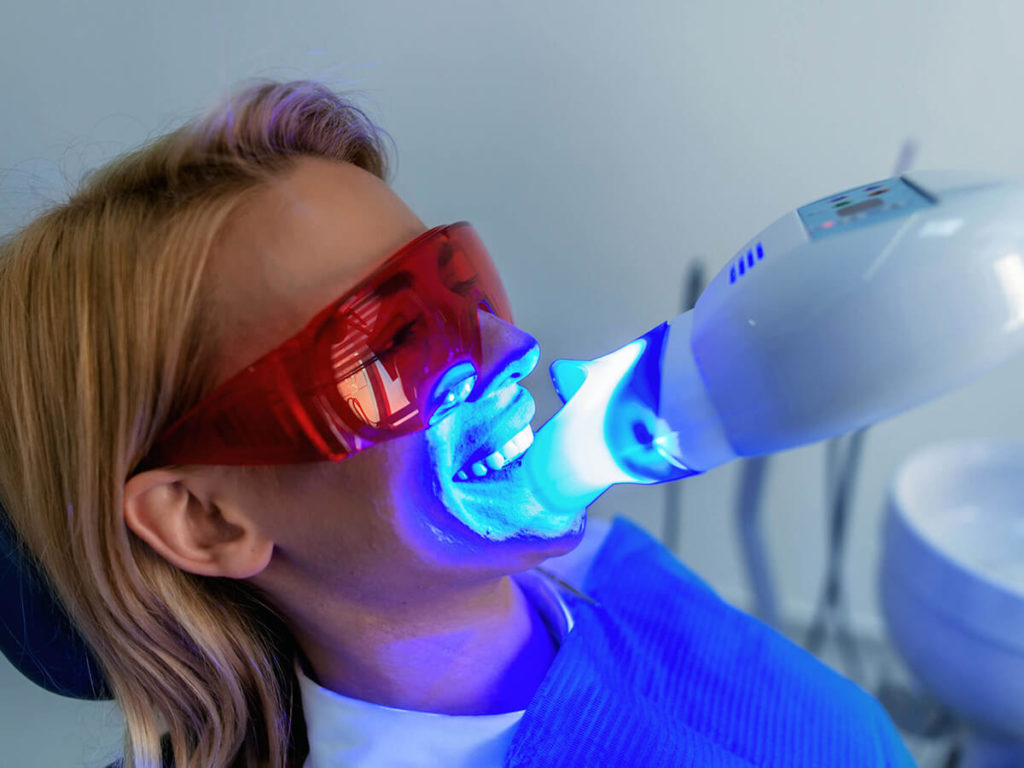
Does at-home natural teeth whitening truly work and is it safe?
Here are some dos and don’ts of DIY whitening:
Don’t try:
- Fruit is tasty, but it is harmful for your teeth. Citric acid, present in fruits, should never be utilized since it dissolves enamel. If the magazine encourages you to use anything inherently acidic, avoid it and save the acid for eating or cooking (such lemons, oranges, or apple cider vinegar).
- Activated charcoal or a paste of baking soda and hydrogen peroxide. The abrasive nature of baking soda can wear away the enamel that is necessary for healthy, white teeth. If you lose too much enamel, the second layer, the more porous yellowish dentin, will be revealed. As a result, your teeth may become more discolored and prone to stains and cavities.
- Oils and spices have been advertised in magazines and on the internet as a natural way to whiten your teeth. Unfortunately, according to the American Dental Association, there is no proof that turmeric will make your teeth seem whiter, and there is also no proof that “pulling oil” (putting coconut oil in your mouth will not make your teeth appear whiter). You should keep both for culinary purposes.
Do try:
- Brush your teeth for two minutes before going to bed and again when you wake up.
- To be safe, use the appropriate toothpaste. Whitening toothpaste should have the American Dental Association (ADA) Seal of Acceptance. As a result, dentists recommend it.
- Every day, floss between your teeth.
- Avoid foods and beverages that might cause tooth discolouration, such as cola, coffee, tea, and red wine.
- To avoid staining your front teeth, always keep a clean, reusable straw on hand while drinking beverages.
- After consuming an acidic or potentially staining beverage, such as juice, lemonade, coffee, or red wine, drink some water and rinse your mouth.
- Stop smoking to avoid cigarette stains.
How can I prevent tooth discoloration?

How can I prevent tooth discoloration? Maintaining proper oral hygiene necessitates the formation of healthy habits. With a few simple lifestyle changes, you may be able to prevent tooth discoloration. If you consume a lot of coffee, you might consider cutting back or switching to another beverage. Furthermore, if you smoke, get help to quit because smoking hurts far more than simply your tooth health.
Brushing, flossing, and scheduling regular dental checkups and cleanings every six months can help you improve your oral hygiene. Schedule an appointment with your dentist if you have other symptoms and your teeth continue to be an odd hue despite your best efforts to practice proper dental hygiene.
Above is an article that Lang moi shares for you, if you have any questions that need to be answered, don’t hesitate to contact us!




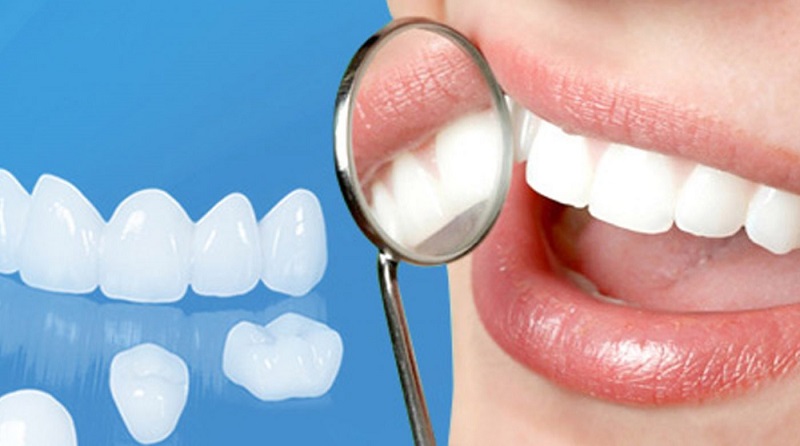

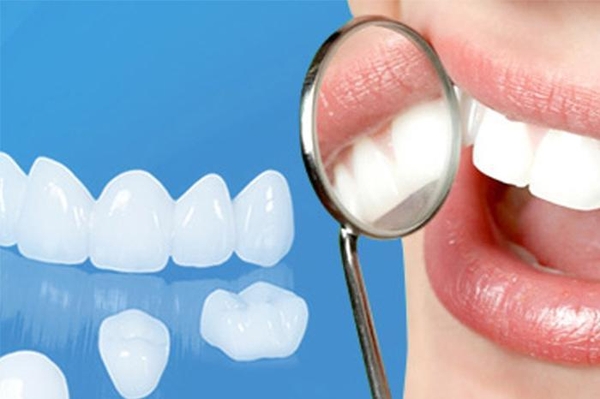
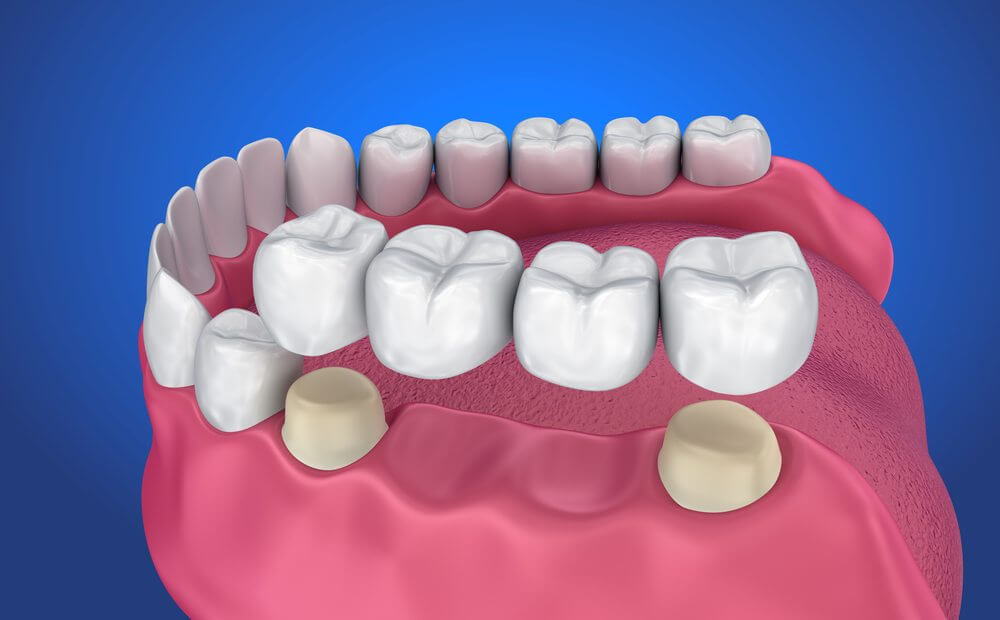
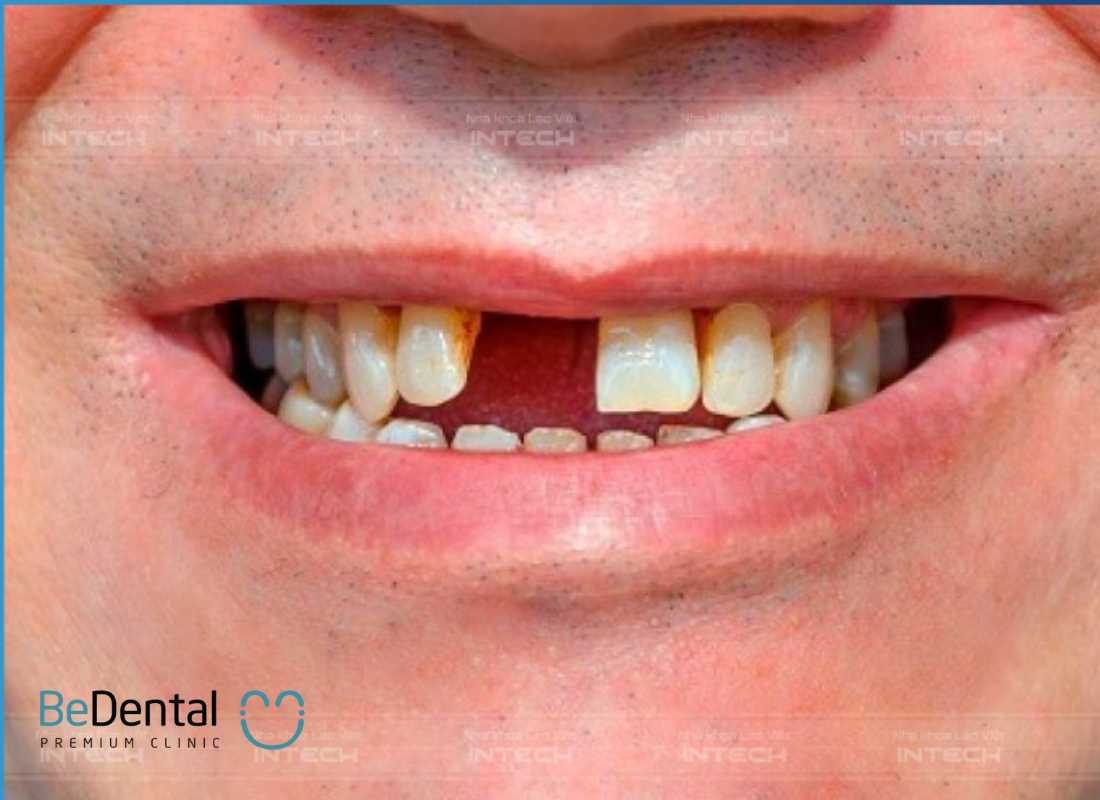
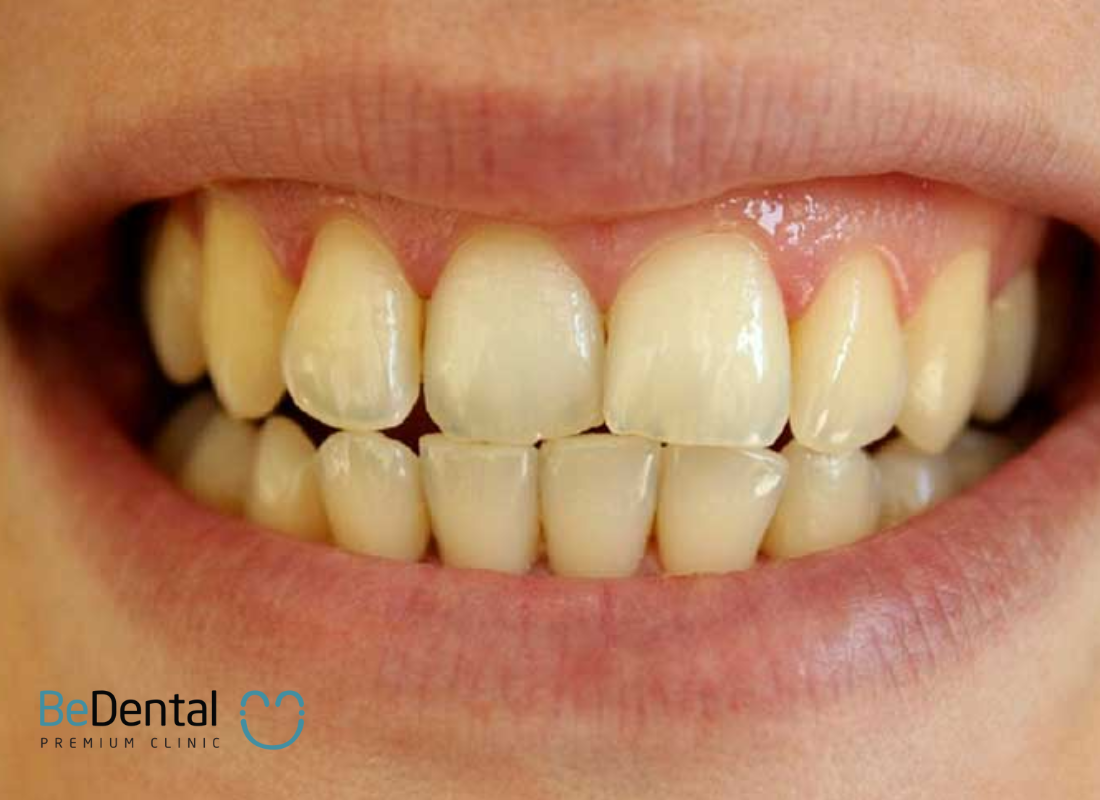




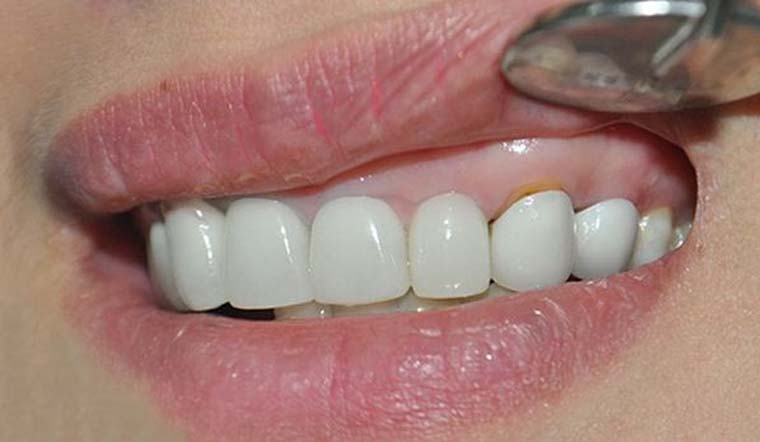






















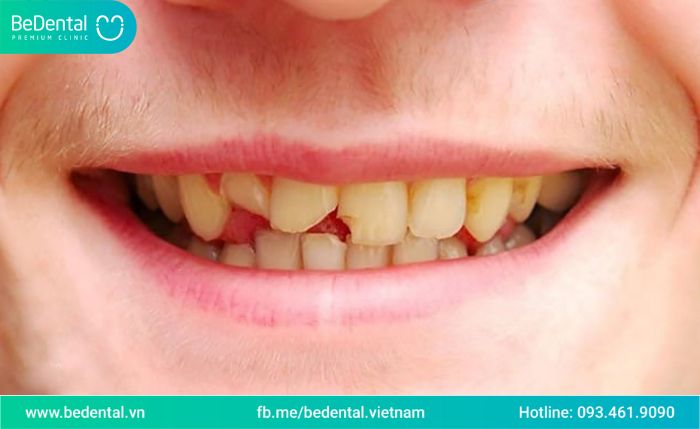
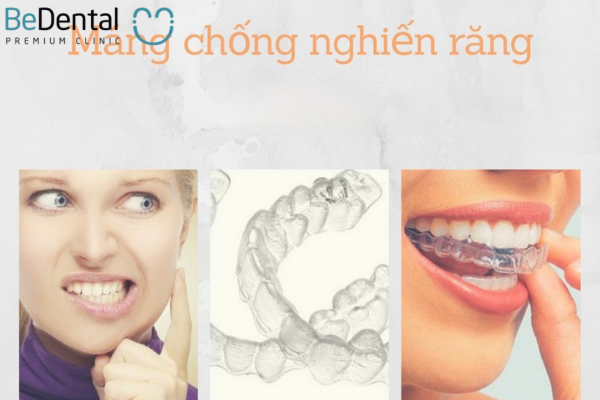




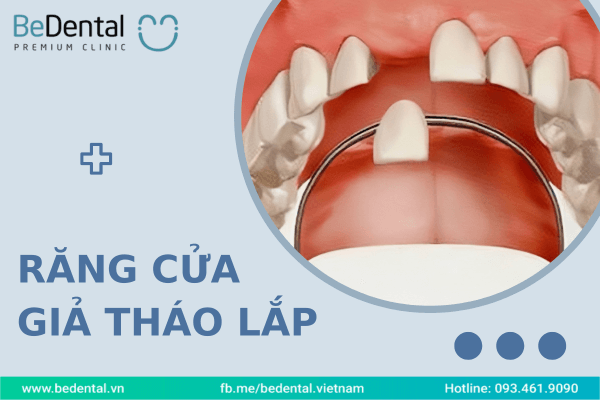




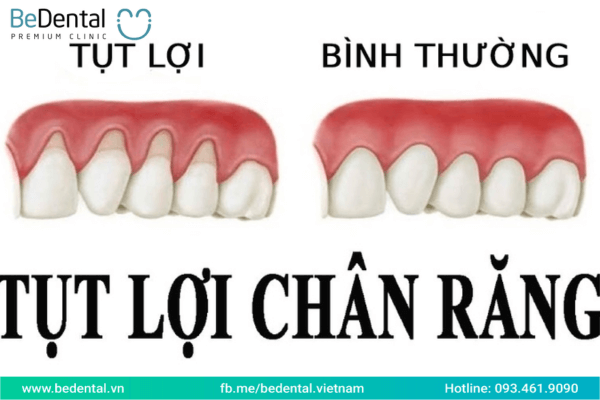
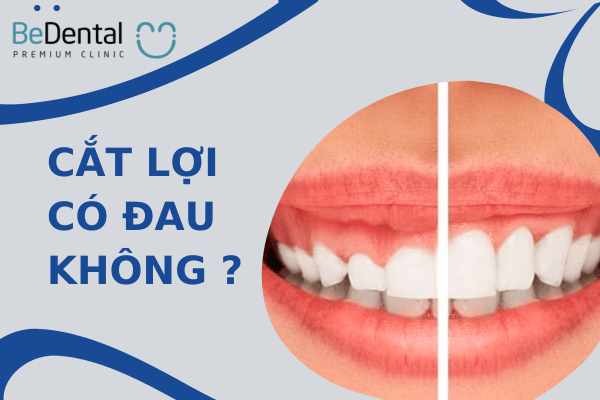



Pingback: 1 số thông tin hữu ích về răng nanh | Làng mới
Pingback: Porcelain veneers: Where can you go for porcelain veneers in HaNoi and HCM city? | Làng mới
Pingback: Teeth fluorosis: 4+ things you must know | Nha Khoa Bedental